One of the reasons we moved to northeastern Iowa in 1974 was to be closer to the phenomenal wildlife resources of the Mississippi River. We thrilled to herons and egrets stalking the shallows, wintering bald eagles, waves of migrating waterfowl, and fishing for bluegills, bass, walleyes, and northern pike. We canoed the quiet, secluded backwaters.
At the time, it hadn’t occurred to me to thank the late Williamson “Will” Dilg, a firebrand former advertising executive who led the charge to protect the river backwaters and bottomlands, and to establish the Upper Mississippi River Wildlife and Fish Refuge.
Dilg, along with Newton, Iowa, native Emerson Hough, was one of 54 founders of the Izaak Walton League of America. With Dilg as its first president, the League soon boasted more than 100,000 members, including a robust chapter of Mississippi River enthusiasts at McGregor. One of the League’s first accomplishments was to persuade Congress in 1924 to establish the 240,000-acre refuge, stretching along the river bottoms from Rock Island, Ill., to Wabasha, Minn. It was the first time the U. S. Government had made large scale purchases of private land for conservation.
To celebrate the 100th anniversary of the refuge, riverlorian Steven Marking has performed in towns along the river, portraying Will Dilg. Marking joked that - in Dilg’s own words - prohibition had turned Dilg into an out-of-work liquor salesman. But Dilg also was a passionate outdoorsman who cringed at proposals to drain and develop Mississippi wetlands.
That would be a “crime committed against nature . . . a crime against mankind,” Dilg declared.
In a front-page editorial in the Izaak Walton League’s first magazine, Emerson Hough proclaimed that “It is time to call a halt. There is not left one honest, disinterested, unselfish agency devoted to the preservation of outdoor America.”
Hough accused government agencies of being driven by commercial gain. And he urged fellow hunters and anglers to take up the cause of conservation.
“Of all the alleged true sportsmen of this country . . . not 10 percent have practiced the creed which hypocritically they profess,” he wrote.
“Betrayed by its guardians, forgotten by its friends, the old America is gone and gone for-ever,” Hough continued. “Never again shall we have more than fragments. If even these be dear, THEN SURELY IT IS TIME TO CALL A HALT.”
Hough held out at least some hope, however. “Let us halt, retrace, go back and get into some new path, hoping it may at last be the right road, with success and not failure, happiness and not despair,” he continued.
That hope – of Hough, Dilg, and the League’s growing membership – spurred the campaign that led to the formation of the Upper Mississippi Refuge. Dilg also unabashedly enlisted the help of American women, who had just gained the right to vote with the passage of the 19th Amendment in 1920. At his urging, many wrote to their Congressional Representatives and Senators and to President Calvin Coolidge in support of the refuge.
Dilg’s passion earned him posthumous induction into the National Rivers Hall of Fame, as part of the Refuge’s centennial ceremony on June 7 at the National Mississippi River Museum and Aquarium in Dubuque.
So, as we begin the second century on the Refuge, is there still cause for celebration? What about the encroachment of locks and dams, which were built in the 1930s? Or the filling of backwaters with sediment washed in from agricultural lands? Or invasive species ranging from zebra mussels to Asian carp? Or the mining of adjacent blufflands? Or the potential for petroleum and chemical spills from rail cars traveling just yards from the riverbank, or from barges loaded with fertilizer?
To be sure, it will take eternal vigilance to maintain any semblance of a sustainable ecosystem long the Mississippi. But we have seen improvements in many areas, thanks to Clean Water Act restrictions on sewage and industrial chemicals being dumped into the river. Bald eagles – once threatened with near extinction due to eggshell thinning caused by DDT – now nest at 300 sites in the refuge. Peregrine falcons – even more imperiled by the pesticide – have returned to nest on Upper Mississippi bluffs.
With nearly 300 species of birds and a diversity of other animals using the Mississippi corridor, the waterway has been declared a “Wetland of International Importance,” and a “Globally Important Bird Area.”
Yes, I will celebrate the positives – while remembering Dilg’s warning that destroying the Mississippi ecosystem is a “crime against nature,” and Hough’s admonition that “it’s time to call a halt.”
I’m privileged to be a member of the Iowa Writers’ Collaborative - a diverse group of more than 50 journalists who share a passion for Iowa and Iowans. Most of our posts are free - but we welcome paid subscribers to help support our efforts. I hope you’ll sample the work of Collaborative members - and subscribe to your favorites.
IOWA WRITERS’ COLLABORATIVE




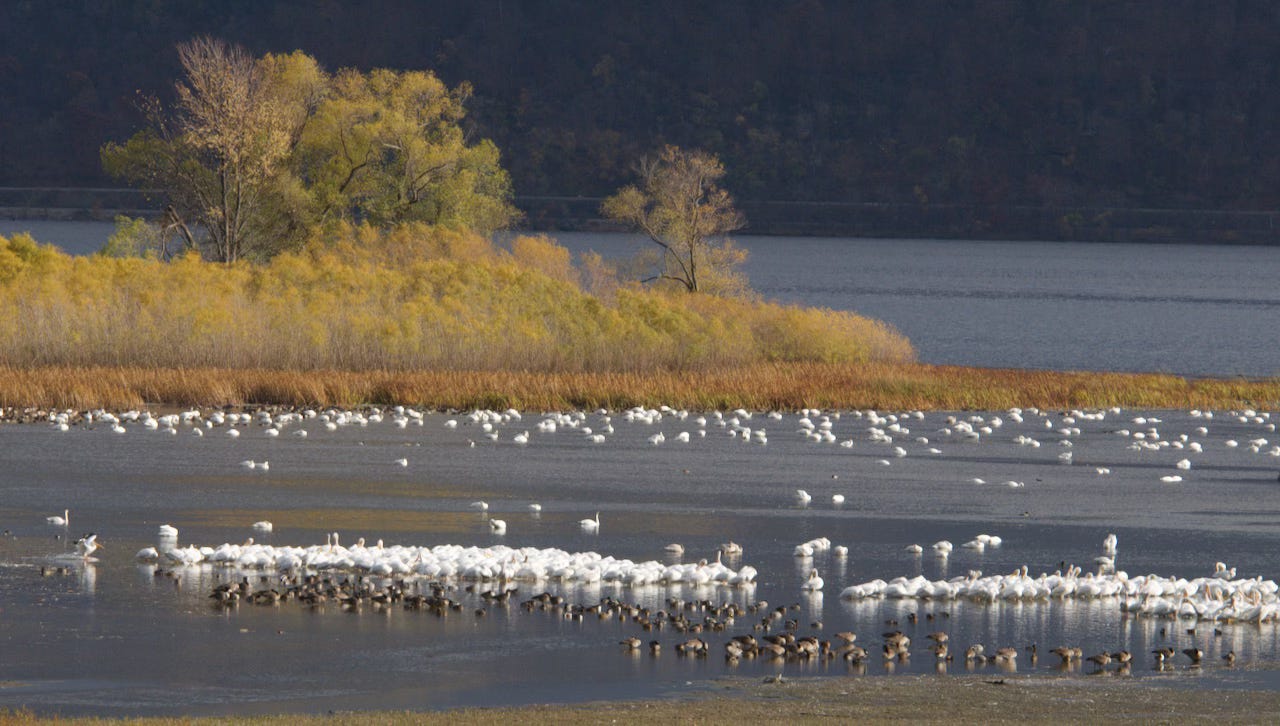
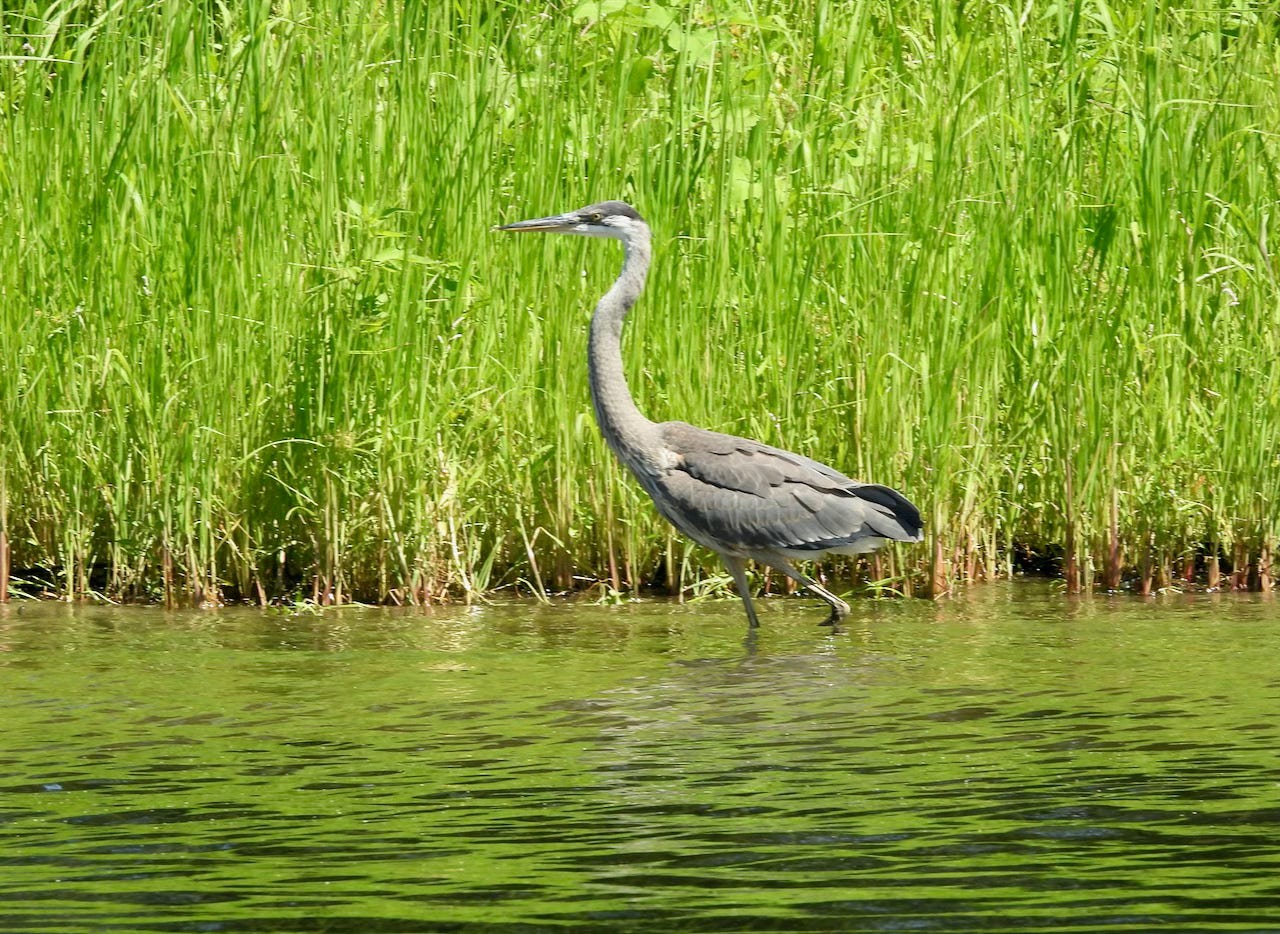


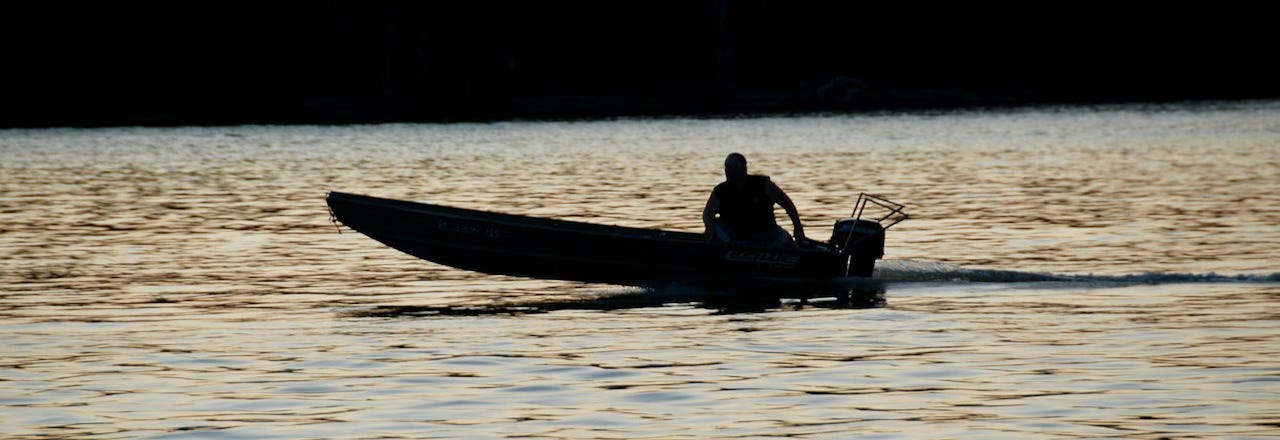



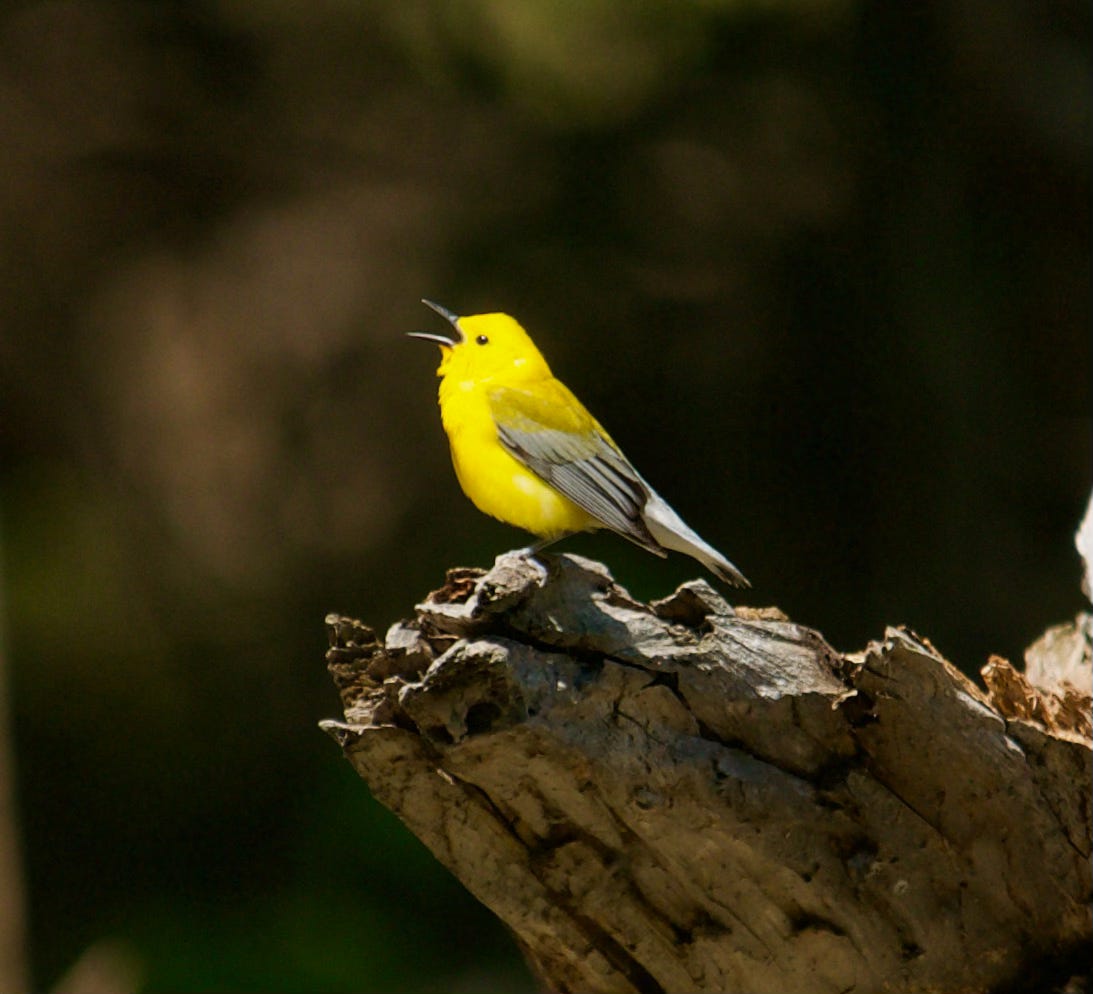
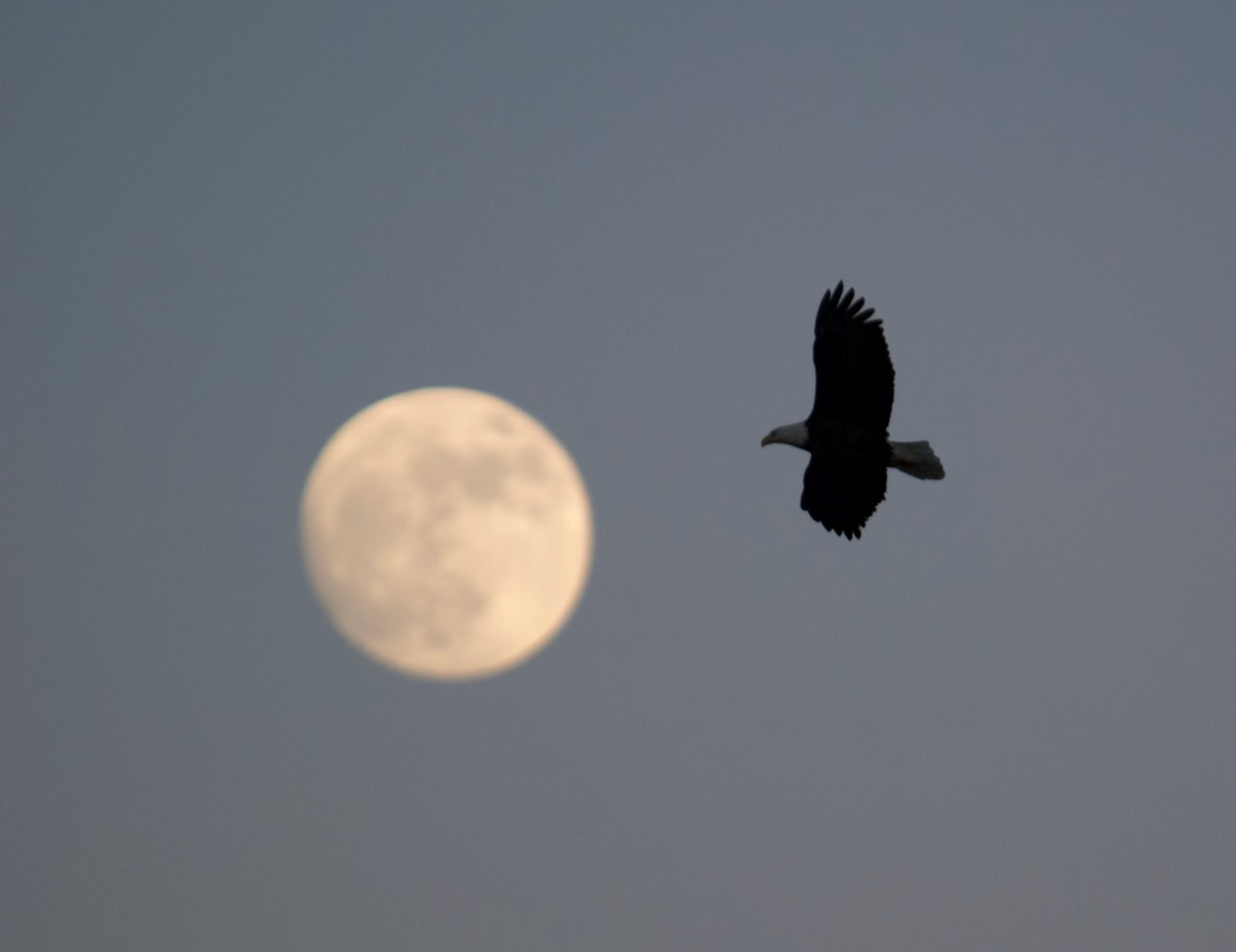
As someone who has not ventured into the NE Iowa area, I had no idea this even existed. What a great accomplishment, but you are right. Vigilance is key. We must save these areas.
Sad and true: “Of all the alleged true sportsmen of this country . . . not 10 percent have practiced the creed which hypocritically they profess,”. Good piece.